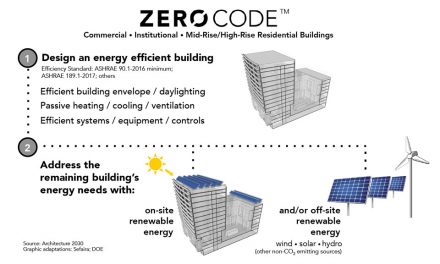Composite wood products must meet new federal formaldehyde emissions regulations as of June 1, 2018. The U.S. Environmental Protection Agency (EPA) regulation defines composite wood products as particleboard, medium density fiberboard (MDF), and hardwood (decorative) plywood. These products are required to be certified as compliant with the new regulation, which intends to ensure that all domestic and imported composite wood panels, and the finished products containing them, meet the world’s most stringent standards for formaldehyde emissions.
Exemptions to the Regulation
Structural engineered wood products manufactured for construction applications, such as structural plywood, oriented strand board (OSB), wood I-joists, laminated veneer lumber, and glued-laminated timber, are exempt from the regulation. These products are manufactured using low emitting, moisture-resistant adhesives, per the strict product standards and building codes that govern them.
As a quick reference for suppliers and builders, structural engineered wood products marked with the APA Mark of Quality are exempt from the regulation because the APA Mark is only used on structural engineered wood products. In the case where unmarked structural engineered wood products from APA member mills are sold into industrial applications that do not require a certification mark, the product invoice and an APA certificate of conformance can be used to identify the product as exempt.
Background
On July 7, 2010, President Barack Obama signed The Formaldehyde Standards for Composite Wood Products Act, based on the regulation developed by the California Air Resources Board (CARB). The wood industry, along with other nongovernmental organizations, supported the development of a national regulation compatible with the CARB Air Toxic Control Measure (ATCM) regulation. After several years of regulation development, including public comment periods, the national regulation took effect on June 1, 2018.
The regulation roll-out includes two phases. The first, and current phase, allows for two paths to regulation compliance: the CARB ATCM Phase II or the U.S. EPA TSCA Title VI. Beginning March 22, 2019, only one path to compliance will be allowed: the U.S. EPA TSCA Title VI.
Certification of compliance is required to be completed by a Third Party Certifier, who will verify that the regulated composite wood product’s manufacturer is capable of complying with the emission regulation. Quarterly inspections and testing, and reviews of routine quality testing conducted at each mill is also required.
More information is available in the APA Technical Note: Formaldehyde and Engineered Wood Products, Form J330.



